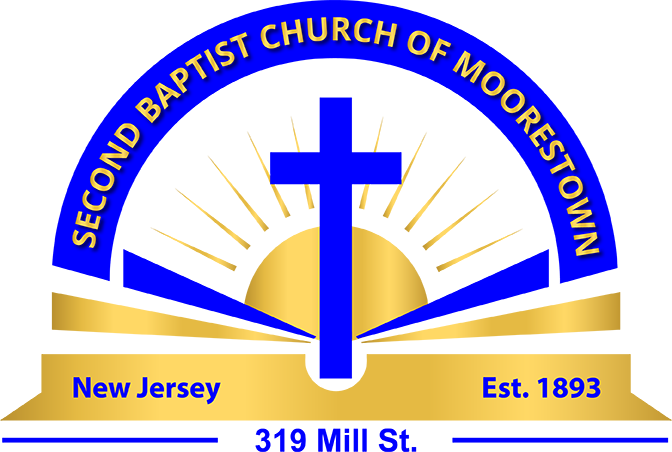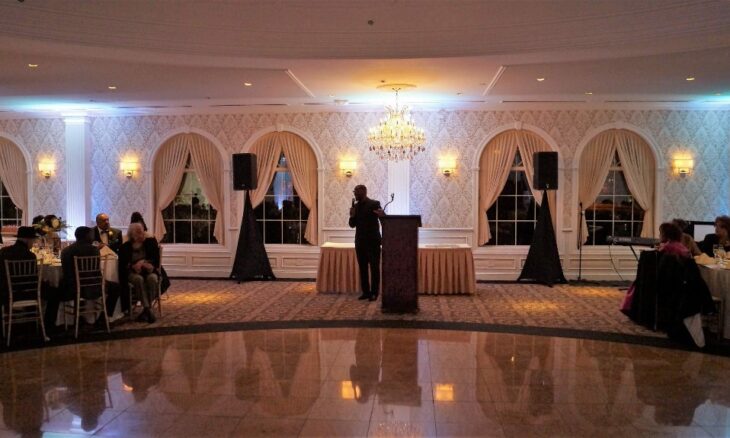Black residents’ lives were once separate, often unequal
Even before Renee Pierce became a Moorestown resident, she loved driving down the tree-lined streets, soothed by the sun peeking through the leaves. She loved the sense of history.
“Something just drew me,” said Pierce, 40, a mortgage processor.
So, five years ago, she moved to Moorestown. Her son Lionel Ball plays basketball at Moorestown High School. The fact that they are among the 6.2 percent of the township’s 19,000 residents who are African American, she says, has not been an issue.
“I love it here,” she said. “There’s always been African Americans who lived in Moorestown.”
That is true, but within different realities over time.
Today, Moorestown’s black community runs the gamut from highly paid professionals, including several major athletes who own homes there, to proud, longtime families, as well as working folks of more modest means.
But Moorestown’s history, like much of America’s, also is the story of slavery and inequity. Some people vividly remember the segregation and outright discrimination, particularly in housing, that existed well into the 20th century.
While documentation of Moorestown’s earliest black residents is sparse, references from the Moorestown Historical Society and the Moorestown Public Library indicate some were slaves, while others likely were employed as field workers or domestics with Quaker families.
Population figures from 1790 show 598 free blacks living in Burlington County and 227 slaves. Figures for Moorestown alone were unavailable. In 1820, the year the Manumission Act abolished slavery in New Jersey, there were 1,261 free blacks in Burlington County and 82 slaves. Tallman House, located at Centerton and Country Club Roads, may have been a stop on the Underground Railroad.
Moorestown Old and New, by James C. Purdy, first published in 1886, includes recollections of some of those slaves, including those freed under Manumission. Some were treated better than others.
Most of Moorestown’s African Americans lived near one another for many, many years, essentially segregated. But a sense of community also grew. Two important institutions – Bethel A.M.E. Church in 1882 and Second Baptist Church in 1893 – were created.
While each church’s own history notes assistance given by whites, the races were hardly on equal footing.
For many years, elementary school students were segregated. According to historical society records, School No. 7 was built for black students in 1900 and was not integrated until 1949.
Marion Buck, 86, recalls caring black teachers who encouraged students to do their best. In high school, the races mixed.
“I always got along in high school because I didn’t allow people to look down on me because I was brown,” Buck said.
In high school, she spoke up to one white teacher who would never call on her.
“I asked him, ‘Don’t you see my hand?’ ” she said.
After that, he started to call on her.
Despite the segregation, Buck echoed many in her generation in saying she was glad to have grown up in Moorestown – “a nice, refined town.”
But the segregation went beyond the schools.
Moorestown’s Third Century, by William H. Kingston III, notes that blacks were barred from the Community House and its pool. The now-defunct West End Community Center became the black community’s recreational hub. In the 1930s and ’40s, the Criterion movie theater on Main Street had segregated seating. Only the public library opened its front doors to blacks during the first half of the century, Kingston wrote.
But some of the worst inequities involved housing.
Ophelia Harris, 89, bought her home on Park Boulevard in 1947.
“We couldn’t get a mortgage in Moorestown because we were black. We had to go to Camden,” she said.
Around that time, a group of black residents formed a cooperative and bought lots in the same neighborhood, so black families could build their own homes. It came to be called Harmony Terrace.
About a decade later, Blaise Ravikio, a local developer, was approached about building homes for African American engineers working for Radio Corp. of America. Hence: black middle-class housing on Farmdale Road.
Ed Armstead moved his family there in 1960. Now one of the town’s leading citizens, Armstead, 70, is a former Citizen of the Year, school board president and member. He serves on the zoning board and is Moorestown Improvement Association president.
He believes Moorestown has progressed. “You can live wherever you want to,” he said, nonetheless adding wryly that the movement of whites into his neighborhood “has offset the huge imbalance in the value of the properties.”
The former Harmony Terrace community is now more mixed, as are the affordable housing units developed since the 1970s by Moorestown Ecumenical Neighborhood Development, a coalition of black and white congregations.
Coexistence, however, is not perfect. The Rev. Coleman Wallace, pastor of Second Baptist Church, praised the high quality of Moorestown’s schools, but expressed concern at what some district staff members agree is a disproportionate number of minority students in special education.
On a personal note, he recalled being passed over for service twice at a local restaurant in favor of white patrons. He preached about it from the pulpit.
Yet for the most part, Wallace said, civility is the norm. And he said the tensions that exist, as in any relationship, aren’t necessarily bad.
“Tension is healthy,” Wallace said. “You don’t grow without tension.”
Contact staff writer Rita Giordano at 856-779-3841 or [email protected].


